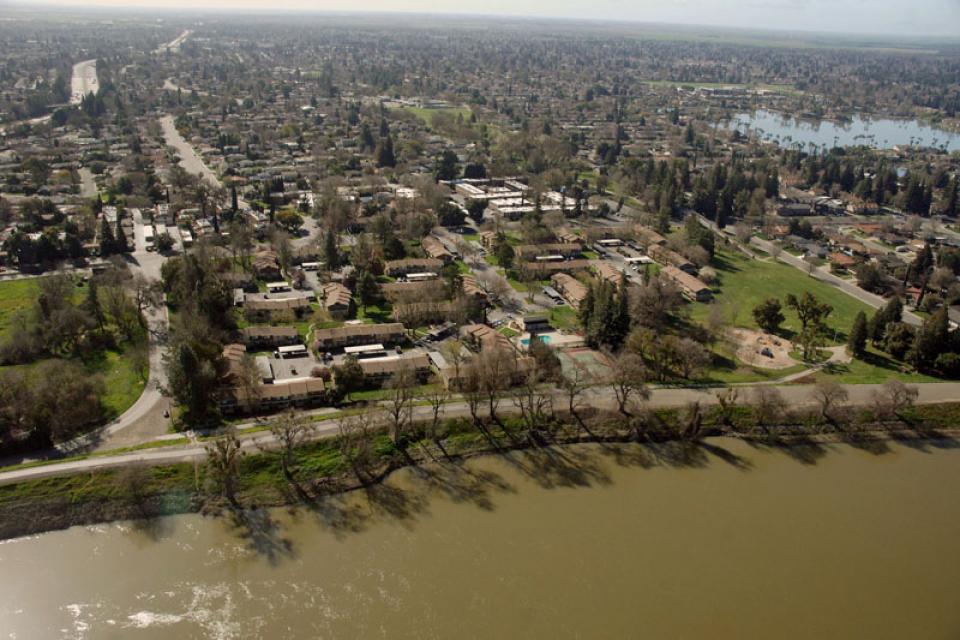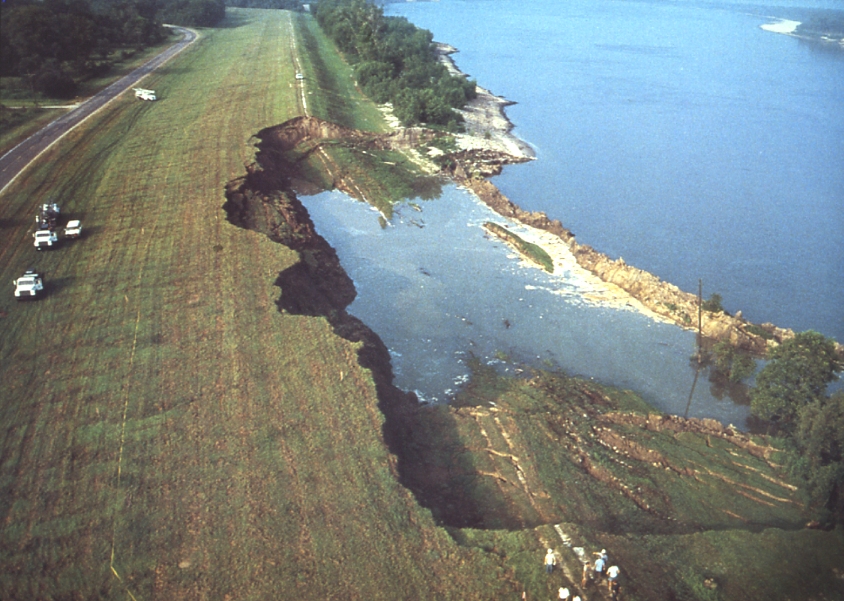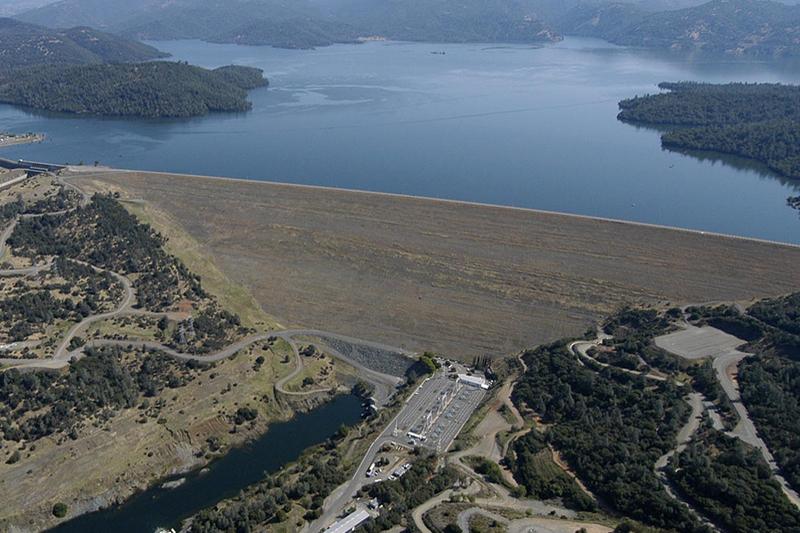Good morning.
I have changed the "Subject" of this thread so as to include all of my Oroville Dam updates in one, easy-to-find, location.
As of this morning, March 13, 2023 @ 9:45 a.m. Pacific Time Zone:
The rains here continue. Today and tonight are predicted to have "Heavy Rains", with a chance of thunderstorm, along with high winds.
The situation at Oroville Dam has changed a bit, as it always does.
Since yesterday (March 12) the water level in Oroville Dam has risen nearly
two feet. As I have said before, Lake Oroville is a huge lake, one of the largest freshwater lakes in the Western United States. For the water level to rise this quickly (
with water outflows continuing at the same time!) is pretty amazing.
Current lake level stands at 842.05 feet, and rising. Full pool is 900 feet.
https://oroville.lakesonline.com/Level/Water releases (outflows) from Oroville Dam have not increased much since my previous update (see above on this thread).
As of the current California Data Exchange Center (California Department of Water Resources):
https://cdec.water.ca.gov/dynamicapp/QueryF?s=ORO&d=13-Mar-2023+09:39&span=12hoursCurrent water outflows remain low(ish) and fairly constant at 14,869 cfs (cubic feet per second).
Current water
inflows have jumped up to an astounding 36,089 cfs (cubic feet per second). Converting cfs to gallons, this translates to 269,964 gallons of water flowing in to Oroville Dam
per second.
This means that there are well over one quarter
million gallons of water, per second, coming in to Oroville Dam.
That is a truly tremendous amount of water. And with the continuing heavy (and warmer) rains, and with these rains falling over (and thus melting) the lower-elevation Sierra snowpack (this rain will still fall as snow over the higher elevations) the rate of inflow is expected to increase.
I assume that the rate of outflow will also be increased, seeing the mis-match between current inflow and outflow, but this has not yet happened.
Of course, as outflows into the Feather River are increased, the water levels in the Feather River will also unavoidably rise. This will inevitably put water up on the levees.
There has been a lot of work (funded by a property tax bond added to local property tax bills), over the last few years. I feel confident that the levees will hold - but I am not letting down my guard, and am keeping a close eye on river levels. My house is about a mile from the Feather River, with the levees between me and the river.
Levees are kind of like earthquakes - if the ground shakes hard enough, long enough, even "earthquake proof" buildings will fall. If it rains hard enough, and long enough, and the snow melts fast enough, and Oroville Dam is forced to release ever more water, and the river levels come up on the levees - well, I'm sure you get the picture. All bets are off.
Nothing is 100%.
This "water on the levees" thing is a bit difficult to explain, so here are a couple of photos to help illustrate what I am talking about:
This is
not a photo of a levee in my area, but this photo is very representative of what we have here. This photo shows "water on the levee". In normal times water likely wouldn't even show in this photo, because the water level would be so low it would be below the bottom of the photo. Note that on the right side of the photo the water level is getting very close to the top of the levee.
Note ALSO that the water level in this photo appears to be ABOVE the ground level of the homes behind the levee. This is a very dangerous situation.
This is next photo is also
not a photo of a levee in my area, but this photo is very representative of (again) what we have here - and similar to situations we have had here in the past. This photo shows a badly eroding levee, on point of failure.
And, yes, levees have failed in my area in the past.

I have contacted a friend that lives in the (San Francisco) bay area. I evacuated to her house for several days in 2017 when it was feared that the emergency spillway at Oroville Dam was on point of failure. Me and about two-hundred-thousand of my closest friends also evacuated in this emergency.
My friend has invited me to "visit" should conditions here change.
Once one has experienced an evacuation emergency, one never forgets the experience. Which is why I continue to remain alert.
Thanks for reading. I welcome your comments and questions.
Anne














